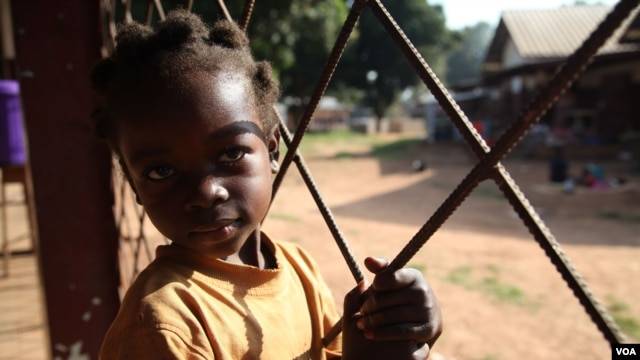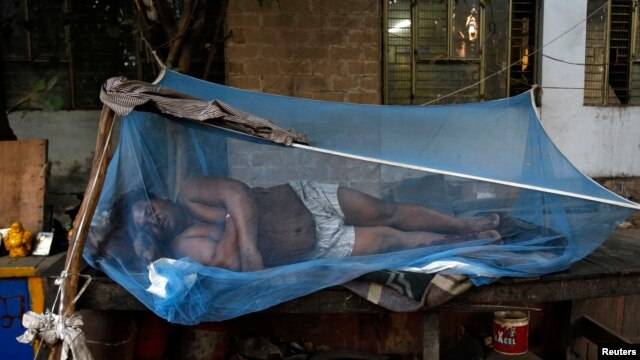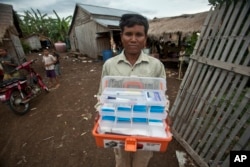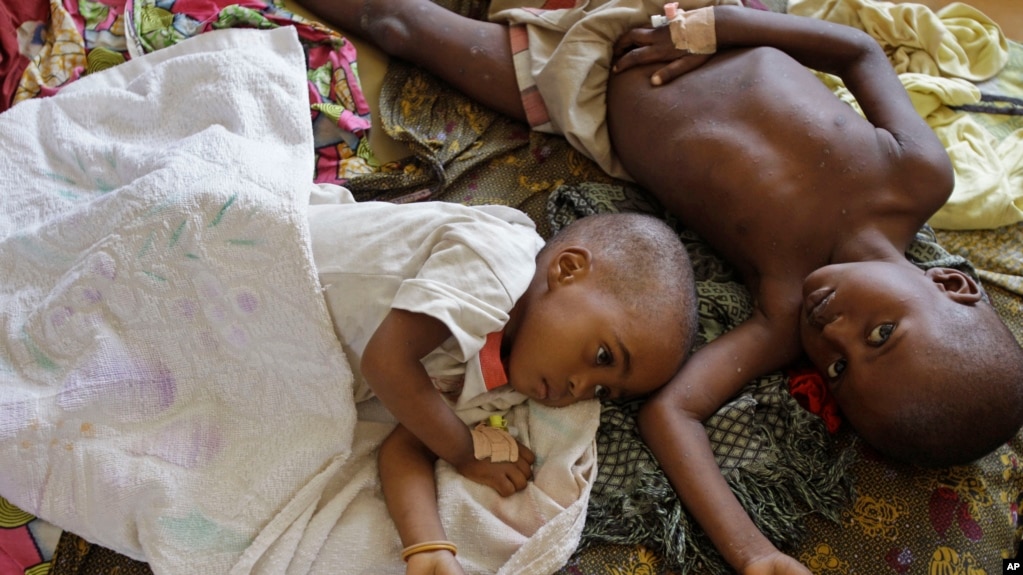NATO AIR
Senior Member
pres. bush should jump right on this 

http://www.newscientist.com/news/news.jsp?id=ns99996667
Morphine-free poppies could help fight malaria
11:41 15 November 04
NewScientist.com news service
Gene silencing can stop the opium poppy producing morphine and instead force it to produce large amounts of a compound useful in the fight against malaria.
The poppy Papaver somniferum accumulates morphine, codeine and other opiates in its latex - its sap-like substance. The synthesis of these opiates in the plant involves a long and complex series of steps.
A team led by Philip Larkin from CSIRO Plant Industry in Canberra, Australia, used RNA interference (RNAi) to silence - or turn off - the genes responsible for producing an enzyme called codeinone reductase. This in turn stopped the synthesis of the opiates at the stage at which a compound called reticuline is produced.
"Instead of morphine and the other opiates, large amounts of reticuline are accumulated in the latex," says Larkin.
Ethnobotanical studies of traditional herbal remedies for malaria from around the world have found that the active ingredient is very often an alkaloid comprised of two reticuline molecules. There is an urgent need for new anti-malarial drugs, and poppies modified by RNAi silencing or mutation could be an ideal source of reticuline, says Larkin.
Making heroin
All morphine and codeine used in medicine is extracted from the opium poppy, meaning there is a legitimate demand for the crop. But morphine is also needed to make the street drug heroin, so researchers around the world are working to identify and create versions of the poppy that do not produce morphine, but which would still be commercially valuable.
In September 2004, Larkin's team reported a naturally occurring mutant version of the poppy that does not produce morphine or codeine, but does produce other alkaloids that can be used to make potent painkillers. The report, published in Nature, was in collaboration with the company Tasmanian Alkaloids.
Much of the commercial opium poppy industry in Tasmania - which produces about 40% of the world's legal opiates - has now been turned over to growing this mutant, says Larkin.
Supply and demand
At the University of Calgary, Canada, a team led by Peter Facchini has also been working on interfering with the morphine pathway to reduce levels of this drug while increasing levels of other useful pharmaceuticals.
There are hopes that commercially valuable, non-morphine-producing opium poppies could supplant the black market crop produced by farmers in countries like Afghanistan, Myanmar and Colombia, which supply the heroin trade.
There is currently only a small market for reticuline, but the mutant poppy might provide an alternative, if Tasmanian Alkaloids was willing to distribute it freely, says Facchini. What Afghan and Colombian farmers need is real opportunity. That might stem the production of heroin.
But the availability of modified poppies alone will not end illegal farming. Both Larkin and Facchini say the demand also needs to be addressed. "While there's a market, there will be people prepared to supply it," Larkin says.
Journal reference: Nature Biotechnology (DOI: 10.1038/nbt1033)
Emma Young











